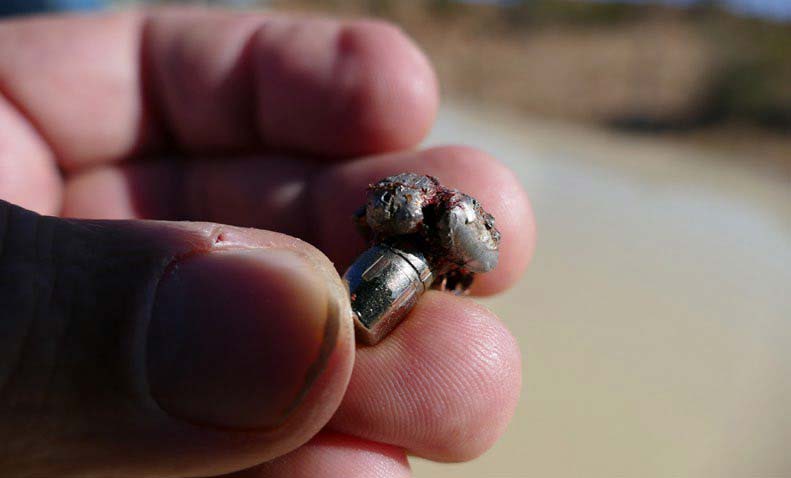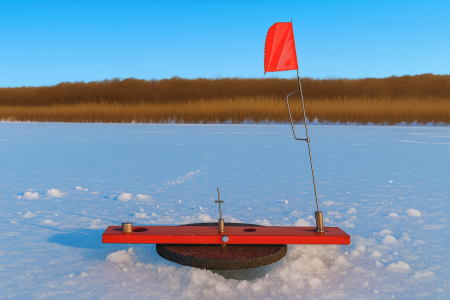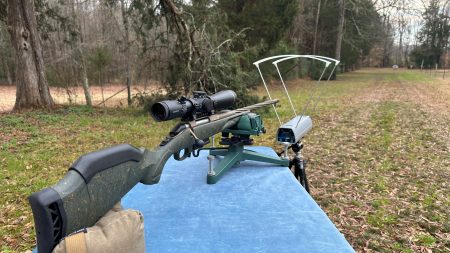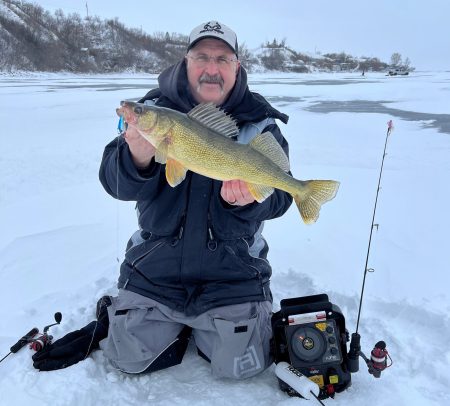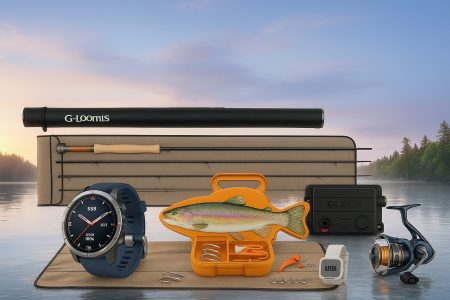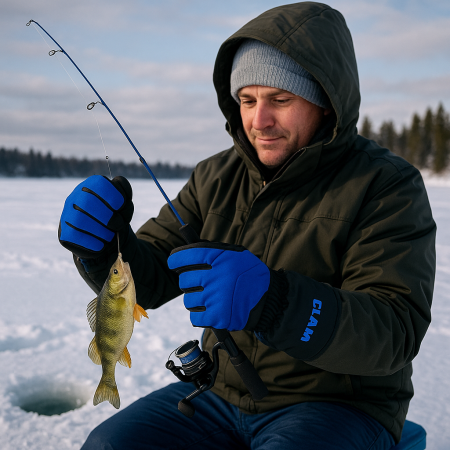The simple definition of a bullet in the Merriam-Webster Dictionary is a small piece of metal or another material that is shot out of a gun. The full definition listed is: a round or elongated missile (as of lead) to be fired from a firearm; broadly: cartridge.
Most hunters understand the pretense of a bullet and what it does. However, there are only a few that fully pay attention to the details of bullet engineering and design to get an advantage in bringing home game or being more successful in the shooting sports.
I attended Rob Furlong’s Marksmanship Academy last year and was once again reminded that not all bullets are created equal. To take Furlong’s shooting instruction, he insists you use the highest quality, match-grade bullets. I showed up to the range with a case of cartridges that are better defined as more economical than “engineered, elongated missiles.”
 The Match-Grade Bullet
The Match-Grade Bullet
Most of us tend to think our firearm is responsible for the accurate placement of bullets downrange, and there’s a lot of truth in that statement. However, what we tend to overlook is the critical role played by the ammunition. I proved low-quality ammunition results in sub-par performance from any firearm. I had been shooting match-grade bullets on the course and shot my best group ever. It was at 400 metres, and I placed three bullets less than ¾ of an inch apart, which measured .117 minutes of angle. At that point, Rob invited me to get a box of the ammunition I brought and tried it with the same gun at the same distance. My grouping expanded to over three inches.
In short, match ammunition is designed to be more consistent and, therefore, more accurate than general-use ammunition. Unfortunately, it isn’t good hunting ammo, as the bullets don’t perform the way we’d like on flesh and bone. The good news is that there are lots of premium grade bullets on the market that provide accuracy, consistency, and knockdown power.
 Dissecting A Cartridge
Dissecting A Cartridge
I’ve learned lots of lessons in the field, and I vividly remember one in caribou camp where I was recanting a story of a bull I had harvested earlier in the day. I made the mistake of saying I loaded another bullet into my gun, when another hunter, from an organized gun guild, chimed in “You put a cartridge in your gun, and the bullet is only a part of it.”
The unsolicited response quieted the room, but I’ve never made the mistake of calling a cartridge a bullet ever again.
I’ve always paid attention to bullet performance and have listened to many hunters in deer camp expound the virtues and shortfalls of their ammunition. Most of their expression was simply from observation and not understanding what the bullet was supposed to do in the first place.
Deer Bullets
I recently had the opportunity to hunt with one of Winchester’s bullet engineers, and he enlightened me on what the ultimate deer bullet does, and why. Now, we all know a whitetail can soak up some lead and keep running even with its engine room shot out. That can lead to lost animals, or in some places, deer getting onto a neighbouring property where it can’t be recovered.
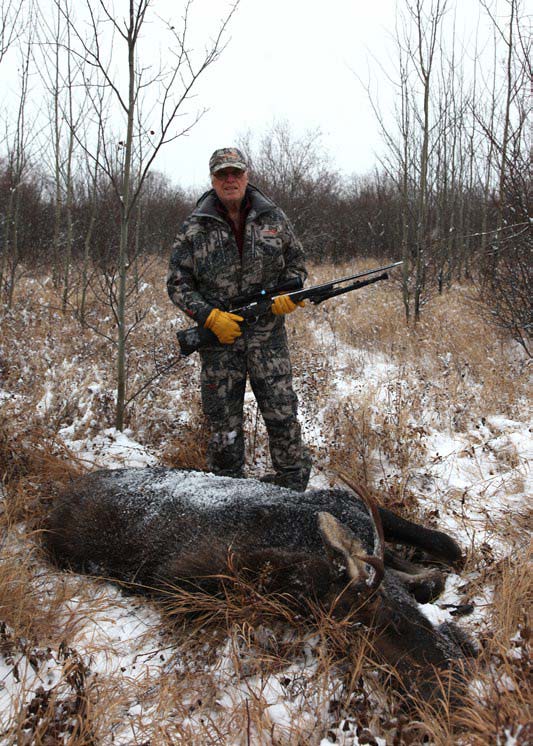
I’ve heard several deer hunters complain about their bullets, and specifically remember a buddy saying, “I’ll never use those darned nylon-tipped bullets again, as they ruin too much meat.”
The reality is, the bullet was designed to cause extreme damage, and when you buy a “deer bullet” or cartridge, you should expect to lose some meat. Picture yourself in Missouri or Pennsylvania, where you may only have a 40- acre parcel of land to hunt. The last thing you want is for the deer to run over the fence.
A deer bullet may only retain 50 percent of its total weight after getting the job done. It isn’t uncommon to find fragments on the hide where the exit wound would be. This is why it is important not to use deer bullets on larger game.
Controlled-Expansion Bullets
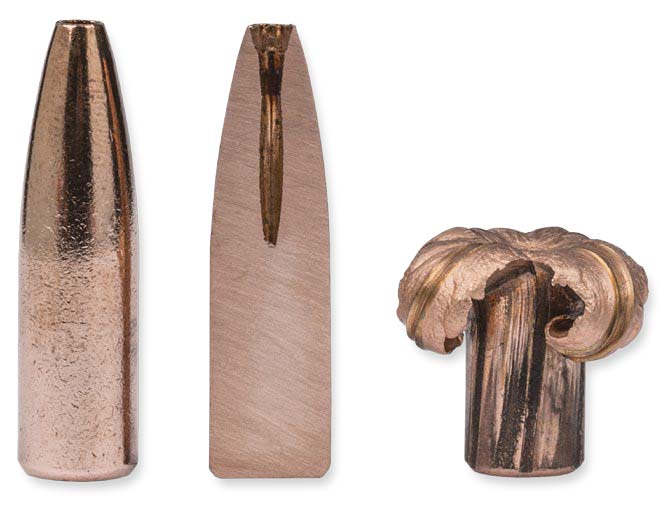
Controlled-expansion bullets give modest expansion, and at the same time, retain almost all of their weight. These are the bullets you want to plow through thick hide and even bone and hold together to get the job done. A premium bullet will retain 90 percent or more of its total weight, and it’s the maintained weight that ensures proper penetration every time.
There are two types of controlled-expansion bullets: the conventional ones with lead cores and heavy, bonded copper jackets, and the newer bullet designs that are all copper or copper alloy. With the cost of metals today, a solid copper bullet can be pricey, but they are also very effective.
 Varmint Bullets
Varmint Bullets
Predator hunting is increasing in popularity, and when hides are selling for good money, more hunters take to the field to try and cash in on the bounty. If you’ve skinned many furbearers you’ll know that sewing up holes is never fun, so finding the right bullet for the job is critical. If you were to shoot a big coyote with a deer bullet, you could have a 30-centimeter hole on the exit side.
The ideal varmint bullet is very accurate but is also described as fragile, as they are designed to maximize damage inside an animal and not ricochet. To achieve specific goals, manufacturers use hollow-point bullets, which sport a very thin copper jacket, and soft lead core.
Buy Performance
There is an incredible variety of ammunition to choose from when going to a local sporting goods store. In fact, the choices can be mind-boggling and frustrating. Just remember, you get what you pay for, and a premium bullet may cost more but does come with optimal performance.
Make sure you pay attention to the types of cartridges you purchase. Most companies have a “Deer Bullet” or “Big Game Cartridge,” which is their way of trying to lead consumers to the right product. If you’re going to hunt elk, the best cartridges likely have pictures of a moose or elk on the box. However, you’ll now know that they are controlled-expansion bullets, allowing you to compare different products with similar qualities. That is, if you’re looking for a bullet to penetrate the biggest game in Alberta and hold together, you will know what to look for on the box.
Some hunters prefer one bullet for all game, but there are advantages to using specifically engineered products to obtain the technological advantages the engineers have worked hard to provide.
By Brad Fenson
Per our affiliate disclosure, we may earn revenue from the products available on this page. To learn more about how we test gear, click here.






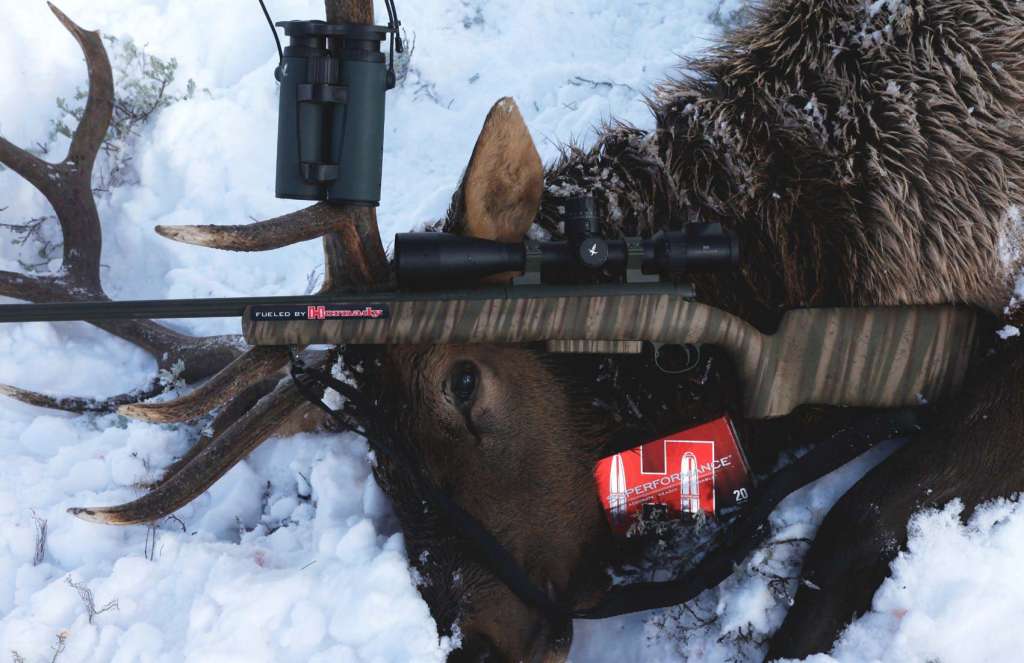
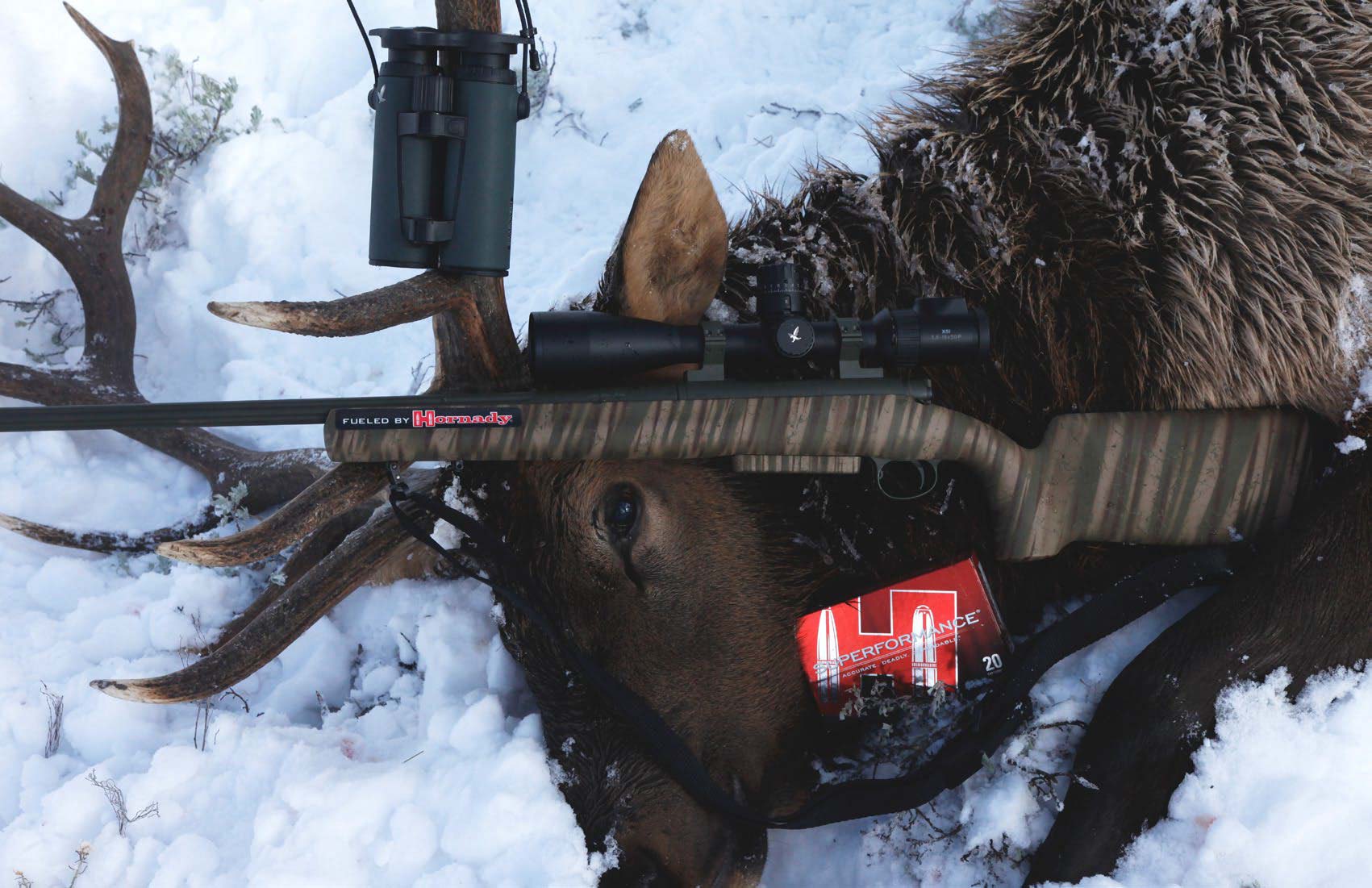
 The Match-Grade Bullet
The Match-Grade Bullet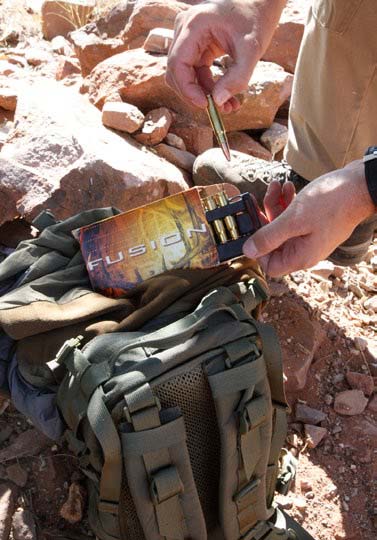 Dissecting A Cartridge
Dissecting A Cartridge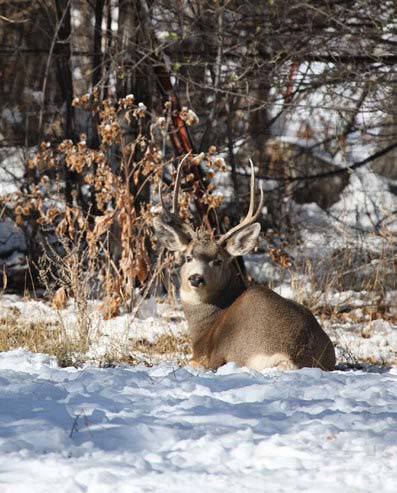 Varmint Bullets
Varmint Bullets